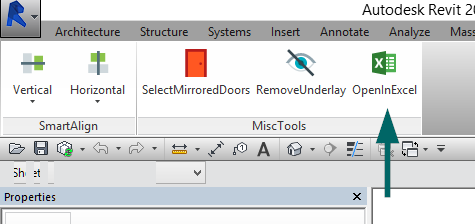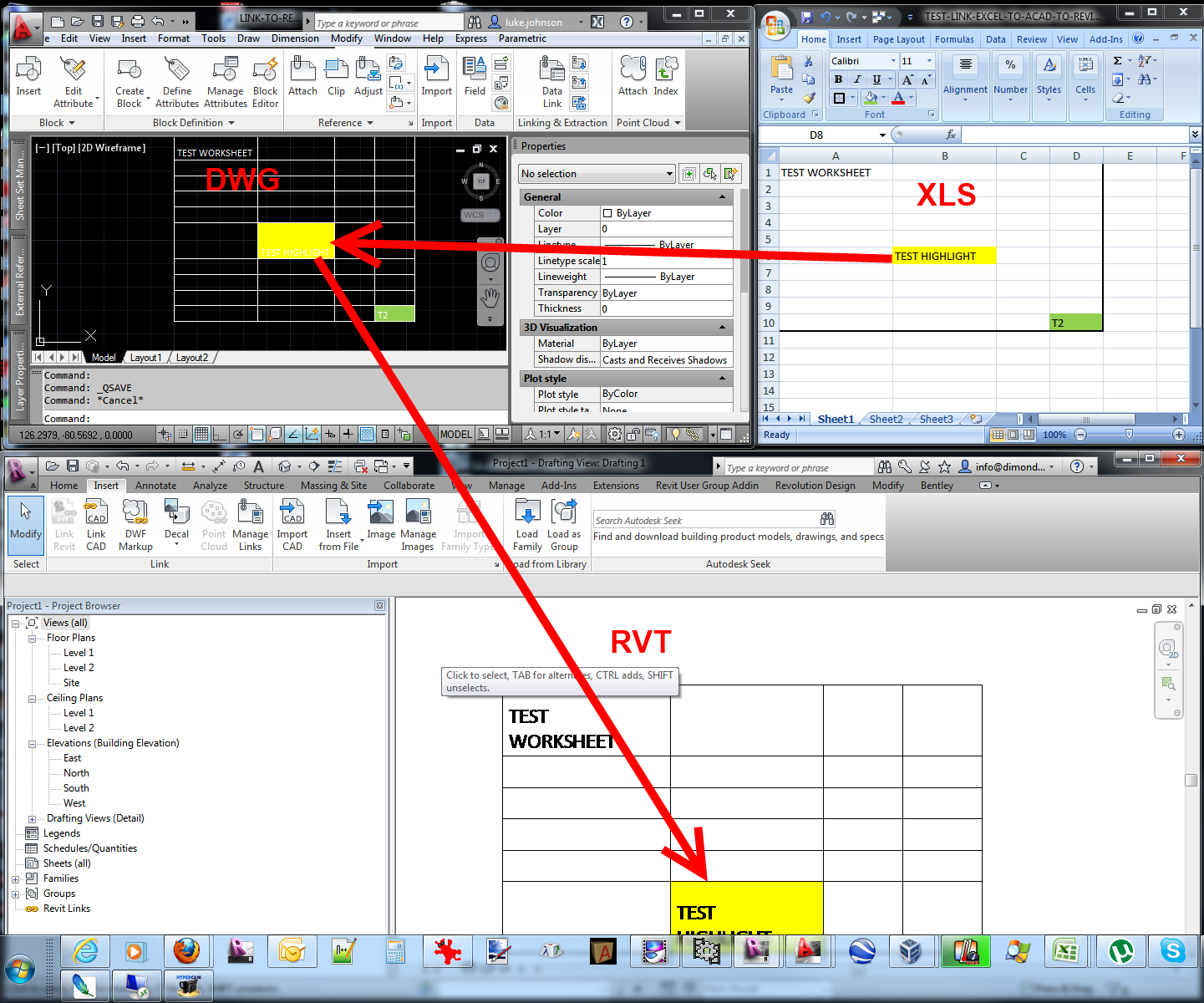Effectiveness Fulfills Accuracy: Explore Important Revit Tools
Wiki Article
Revit Excel Integration Demystified: Simplifying Operations for Improved Project Coordination
Are you tired of battling with inefficient project sychronisation and taxing operations? Look no additionally, because Revit Excel Assimilation is right here to demystify the process and simplify your projects. With this powerful device, you can boost task coordination and get rid of the inconvenience of manual information access. In this article, we will direct you with the value of Revit Excel Integration, show you exactly how to improve workflows, and provide finest techniques for successful integration. Get prepared to transform your job coordination easily.The Importance of Revit Excel Assimilation
You require to understand the relevance of Revit Excel integration to efficiently enhance your workflows and boost job coordination. The integration of Revit, an effective structure info modeling (BIM) software, with Excel, a widely made use of spreadsheet program, supplies countless advantages for architects, designers, and building and construction professionals.

By incorporating Revit with Excel, you can remove hands-on data entry and reduce the risk of mistakes. This not only conserves time yet likewise makes sure accuracy in your project paperwork. You can upgrade data in Excel, and it will immediately update in Revit, maintaining uniformity throughout your task.
In Addition, Revit Excel assimilation improves job sychronisation by enabling effective cooperation amongst staff member. With information synchronized between Revit and Excel, everybody can access the most current info and collaborate effortlessly. This promotes smoother communication, decreases conflicts, and boosts general job efficiency.
Exactly How to Simplify Workflows With Revit Excel Combination
Enhance your procedure by flawlessly linking Revit and Excel to simplify your process. By incorporating these two effective devices, you can boost job control and boost effectiveness in your job. With Revit Excel assimilation, you can quickly move information in between the 2 systems, permitting for smooth interaction and collaboration.

An additional benefit of Revit Excel combination is the capability to produce customized reports and assess data better. With Excel's robust features, you can carry out advanced computations, produce graphes and graphs, and produce detailed records based on the data from your Revit designs. This enables you to make and gain important understandings notified choices throughout the task.
Enhancing Task Coordination With Revit Excel Combination
By seamlessly linking your layout software application with effective information evaluation tools, you can significantly improve the control of your projects. Revit Excel integration allows you to streamline your process and improve task coordination by eliminating hand-operated data entrance and reducing mistakes. With this assimilation, you can easily transfer information in between Revit and Excel, guaranteeing that all project information is up to date and precise.One of the essential advantages of Revit Excel integration is the ability to import and export information in between the 2 software application flawlessly. This means that you can easily import existing job information from Excel into Revit, conserving you effort and time in returning to details. You can export project information from Revit to Excel, allowing you to do sophisticated evaluation and estimations making use of the powerful functions of Excel.
Furthermore, Revit Excel integration enables you to produce vibrant links between both software application (revit add ins). This implies that any revit tools type of changes made in Revit will immediately upgrade in Excel, and vice versa. This ensures that all project stakeholders are collaborating with one of the most current information, boosting project sychronisation and decreasing the danger of mistakes
Conquering Obstacles in Revit Excel Assimilation
When getting rid of obstacles in the combination of Revit and Excel, it is necessary to make certain smooth information transfer and lessen errors. One usual challenge is the compatibility of information styles between Revit and Excel. To tackle this, you can use plugins or add-ins that facilitate the conversion of data from one format to one more. These tools aid maintain the stability of the data during the transfer procedure.An additional challenge is the absence of synchronization in between Revit and Excel. It's crucial to develop a clear workflow that makes certain both platforms are updated in real-time. This can be accomplished by utilizing cloud-based collaboration tools or developing a system for normal information syncing.
Handling large datasets can likewise be troublesome. Revit and Excel have various capacities when it involves handling huge quantities of data. To conquer this challenge, you can split the data right into smaller sized, convenient portions or utilize information filtering techniques to concentrate on certain locations of passion.
Lastly, human error can bring about disparities between Revit and Excel information. It's essential to educate group participants on the assimilation procedure and develop high quality control procedures to capture any kind of errors. Regular audits and cross-checks can assist recognize and rectify any kind of inconsistencies.
Finest Practices for Successful Revit Excel Assimilation
To guarantee effective assimilation of Revit and Excel, it's essential to adhere to some finest practices that will assist enhance your operations and reduce errors. Furthermore, when connecting Excel information into Revit, ensure that the data is clean and totally free from any kind of formatting issues that can cause mistakes.An additional vital technique is to frequently upgrade your Excel information in Revit. This can be quickly achieved by establishing a clear process for upgrading the connected information. Make it a practice to examine and update the information at normal intervals, especially when modifications are made to the job. This will assist keep your information precise and approximately day.

Conclusion
So, there you have it - revit Excel integration doesn't need to be a daunting job. By improving your workflows with this powerful combination, you can boost project sychronisation and accomplish greater efficiency. Bear in mind to conquer any difficulties that may emerge and comply with ideal techniques for successful assimilation. With revit Excel integration debunked, you'll be well on your means to making the most of the potential of these devices and taking your tasks to brand-new elevations.You can export your Revit schedules to Excel, make changes or updates in Excel, and then import the updated data back right into Revit with simply a couple of clicks. Revit Excel integration permits you to simplify your operations and enhance job coordination by getting rid of manual information entrance and decreasing mistakes. With this combination, you can quickly transfer data in between Revit and Excel, guaranteeing that all task information is up to date and precise.
You can export project information from Revit to Excel, permitting you to carry out sophisticated analysis and computations using the powerful attributes of Excel.
Furthermore, when linking Excel data into Revit, make certain that the information is tidy and totally free from any type of format concerns that could cause mistakes.
Report this wiki page